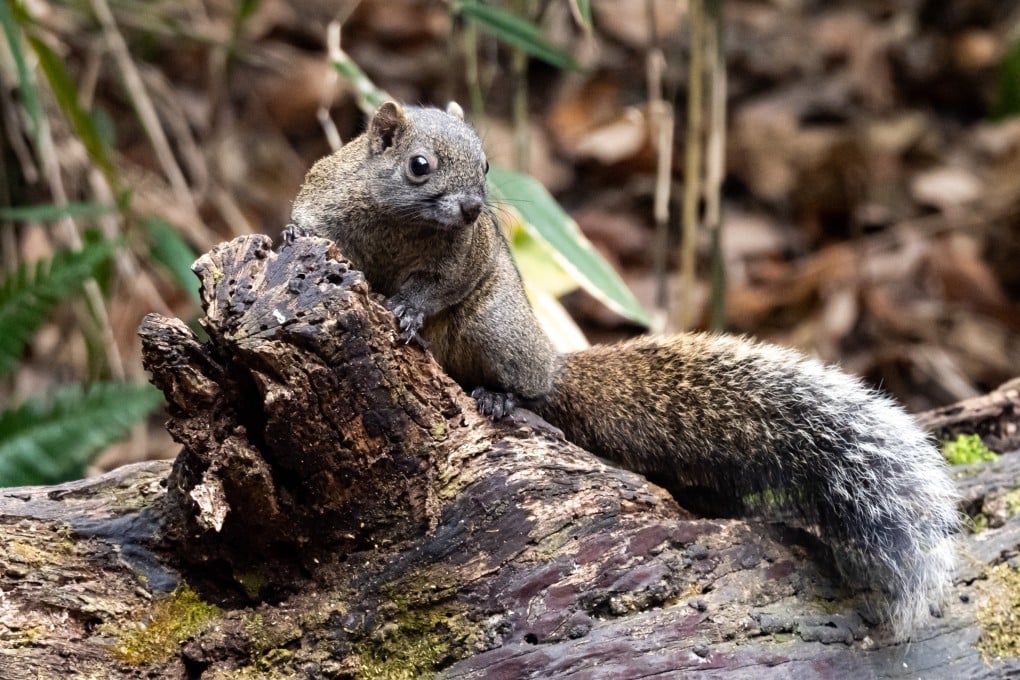Japan city to cull ‘invasive’ squirrels harming ancient buildings, biodiversity in Kamakura
- Formosan squirrels, which are not native to Japan, have for years caused destruction to property and ancient buildings in Kamakura city
- Officials are intending to cull the animals to protect the city’s biodiversity, a plan backed by environmental activists

Authorities in the ancient Japanese city of Kamakura are cracking down on the rapidly growing population of Formosan squirrels that have terrorised the community, damaging wooden shrines and burrowing into their thatched roofs, stealing local residents’ crops and chewing through power cables.
The critters, which are popular with children and the city’s many sightseeing tourists, are thought to be the descendants of squirrels that were bought as pets but released by their owners after they became too large.
Local authorities in 2000 introduced a scheme to catch and euthanise the squirrels, capturing 69 of them, the Mainichi newspaper reported. But numbers continued increasing, reaching an estimated high of 1,571 squirrels in 2018. That figure will be eclipsed this year, officials said, with 1,533 captured in the first eight months of 2023 alone.
The Kamakura local government has put forward a supplementary budget request to fund the campaign against the squirrels, including providing local residents with cages that can be baited and putting up posters asking tourists not to feed the animals. Altogether, the city has requested an extra 7 million yen (US$48,000) for its effort, with the humane killing of a single animal by a specialist contractor priced at 6,270 yen.
Officials from two of Kamakura’s most famous landmarks, the Tsurugaoka Hachimangu Shrine and Hasedera Buddhist temple, admitted that squirrels had caused damage to wooden sections of the centuries-old complexes and managed to enter roof spaces.
“They look cute, but they are causing so much damage in the town. It has become a real problem for a lot of people,” a Kamakura city official who asked not to be named told This Week in Asia.

